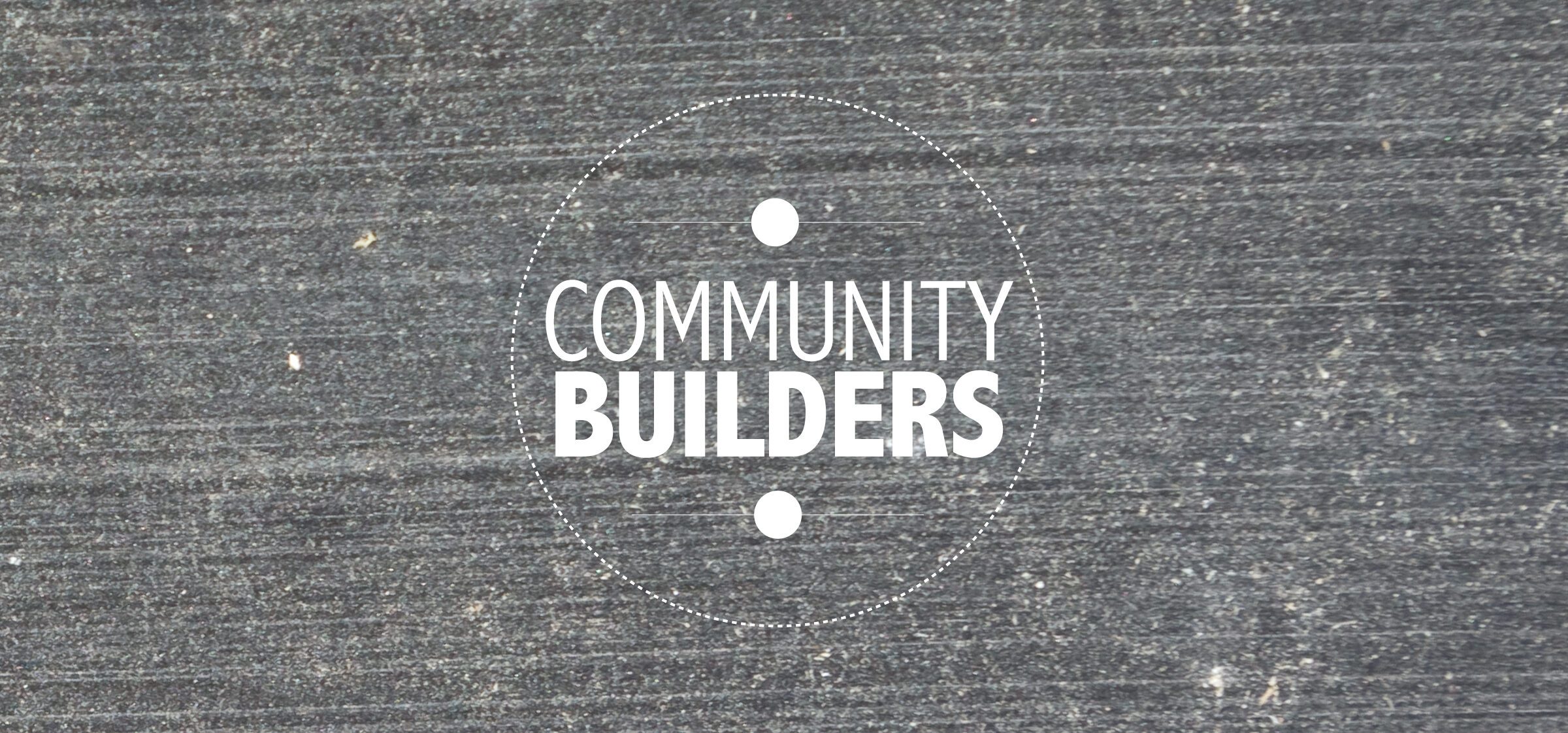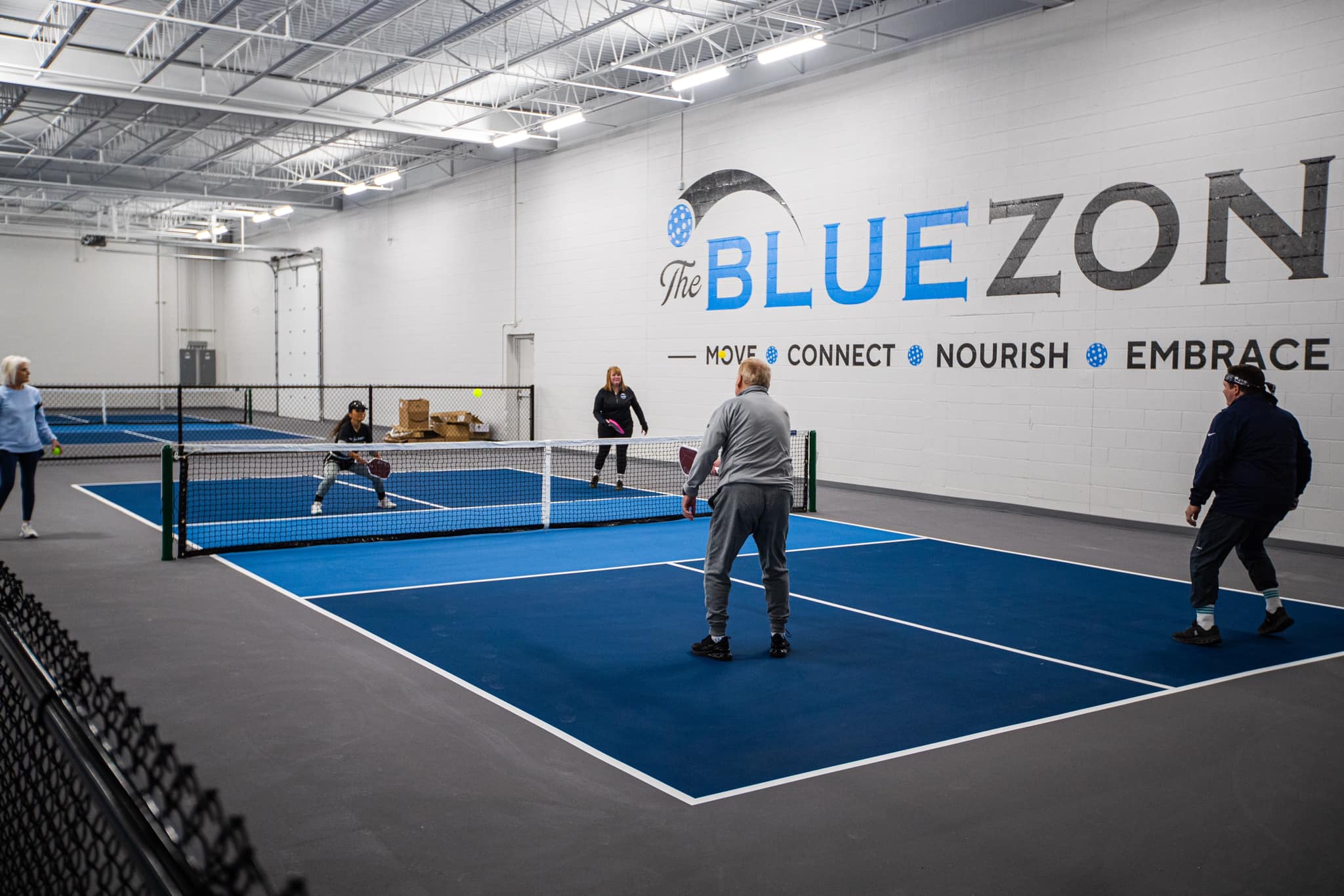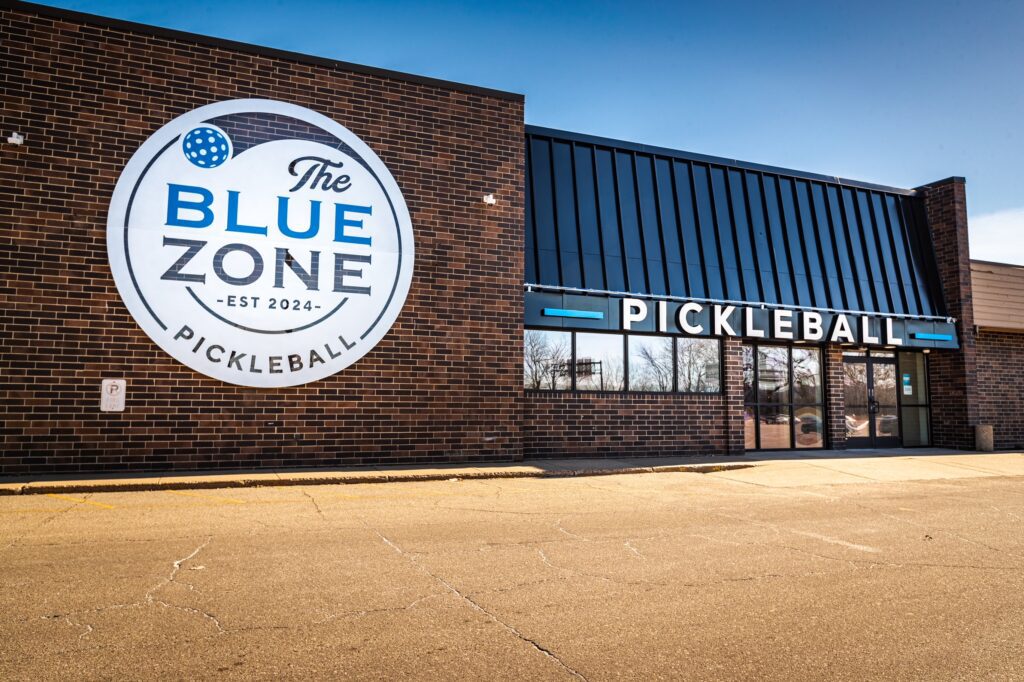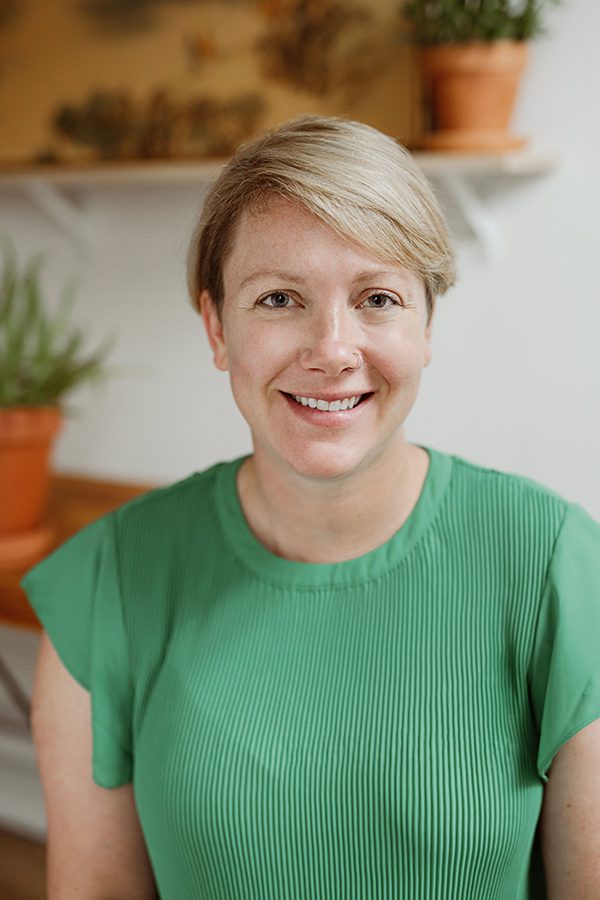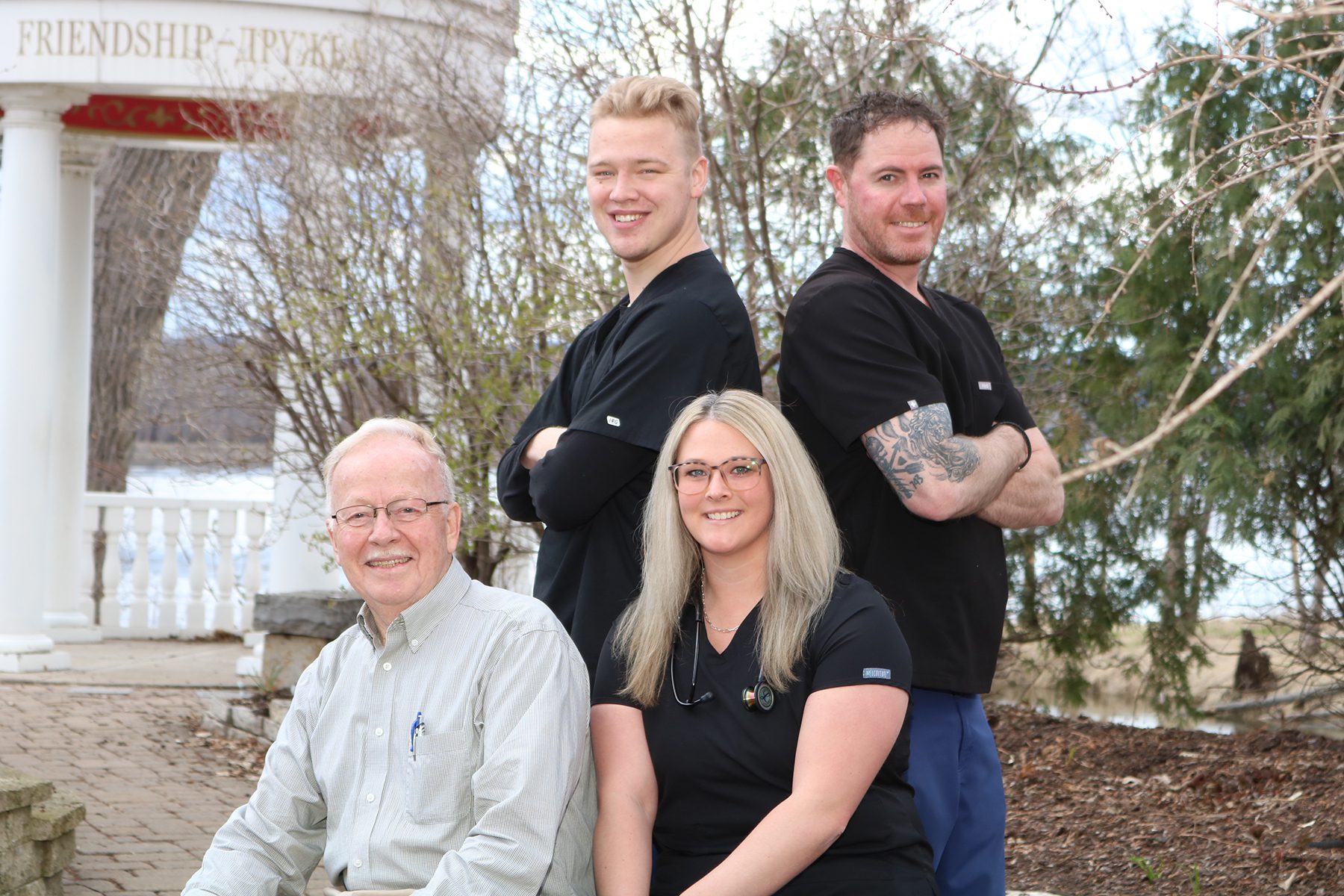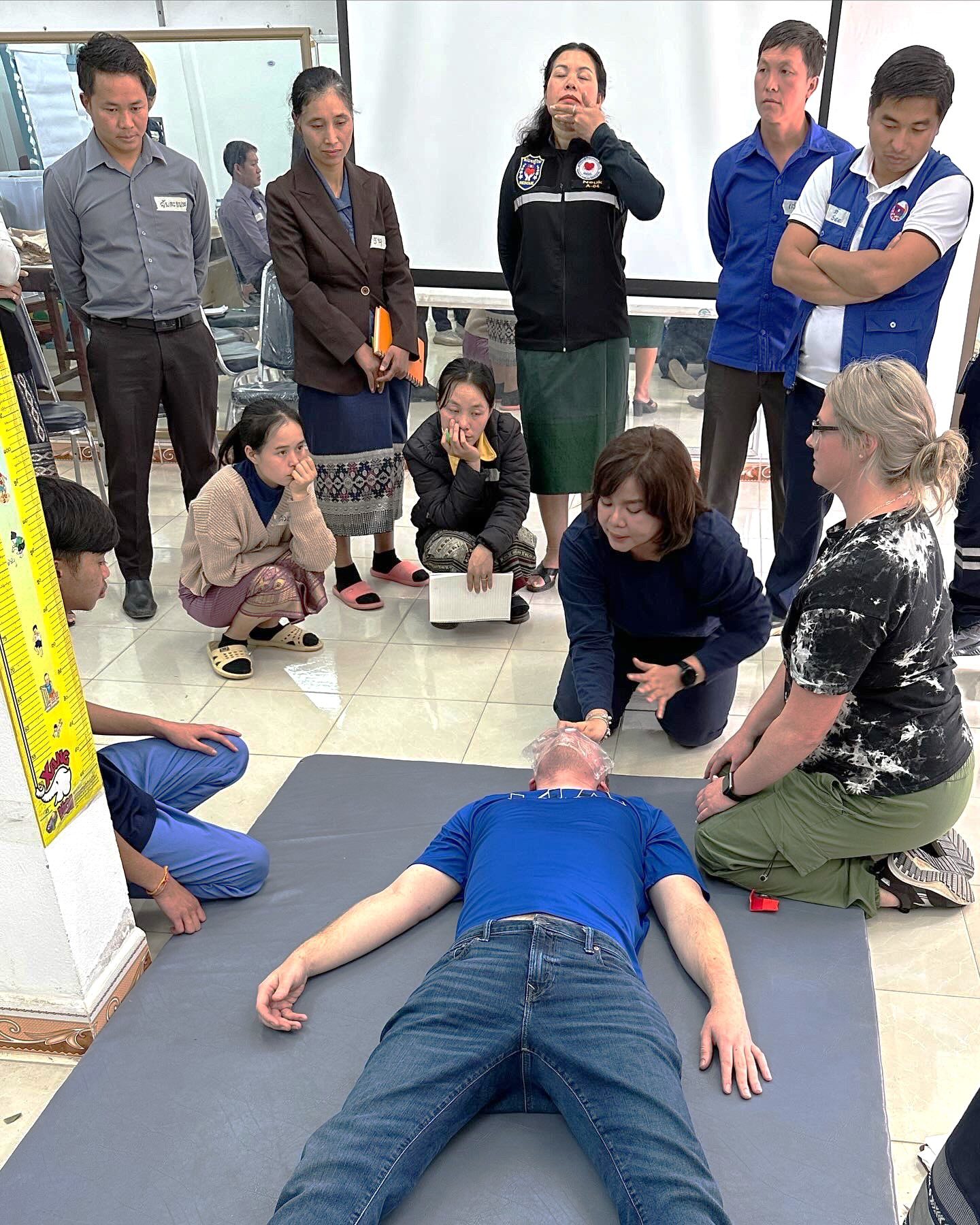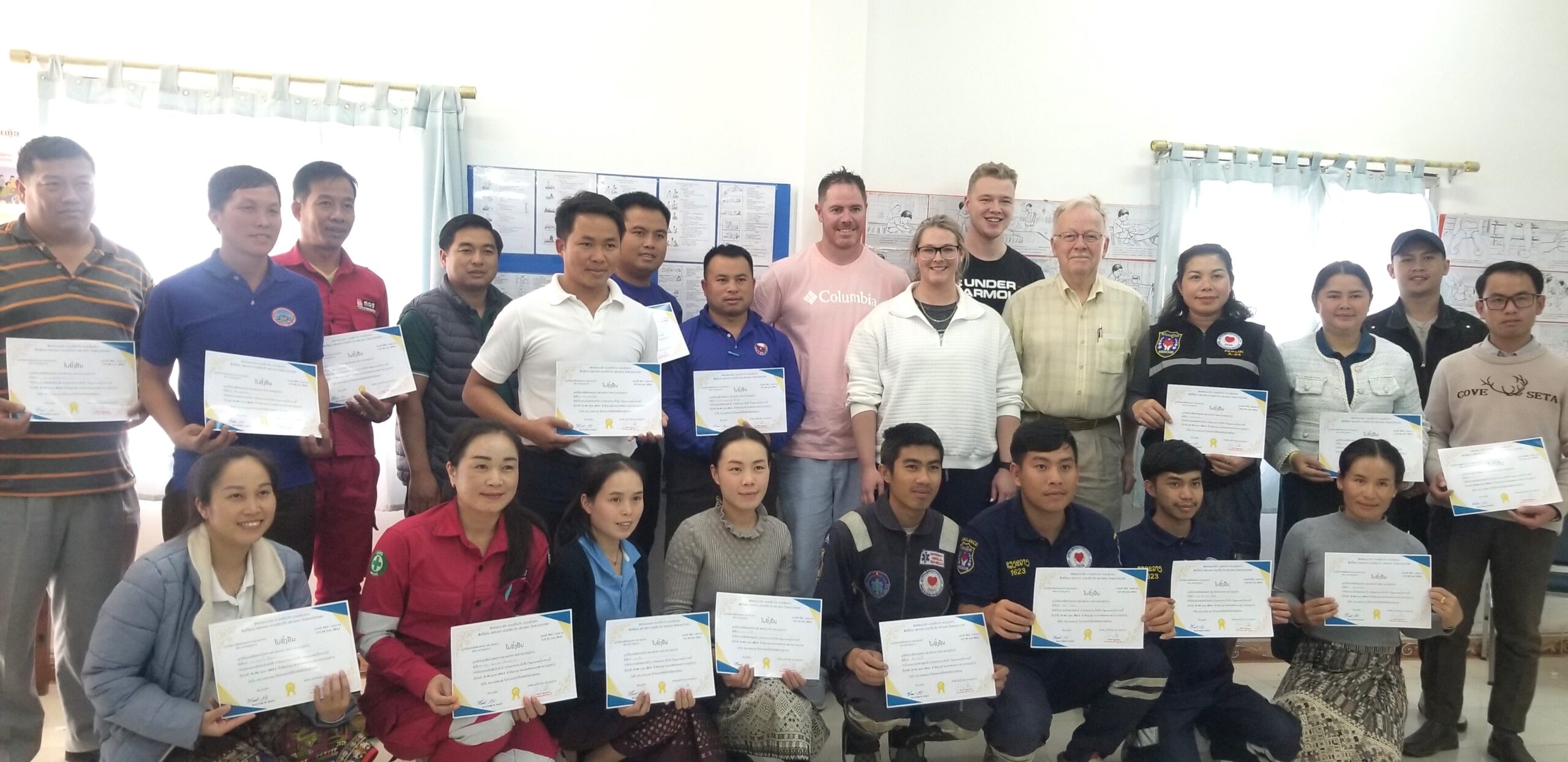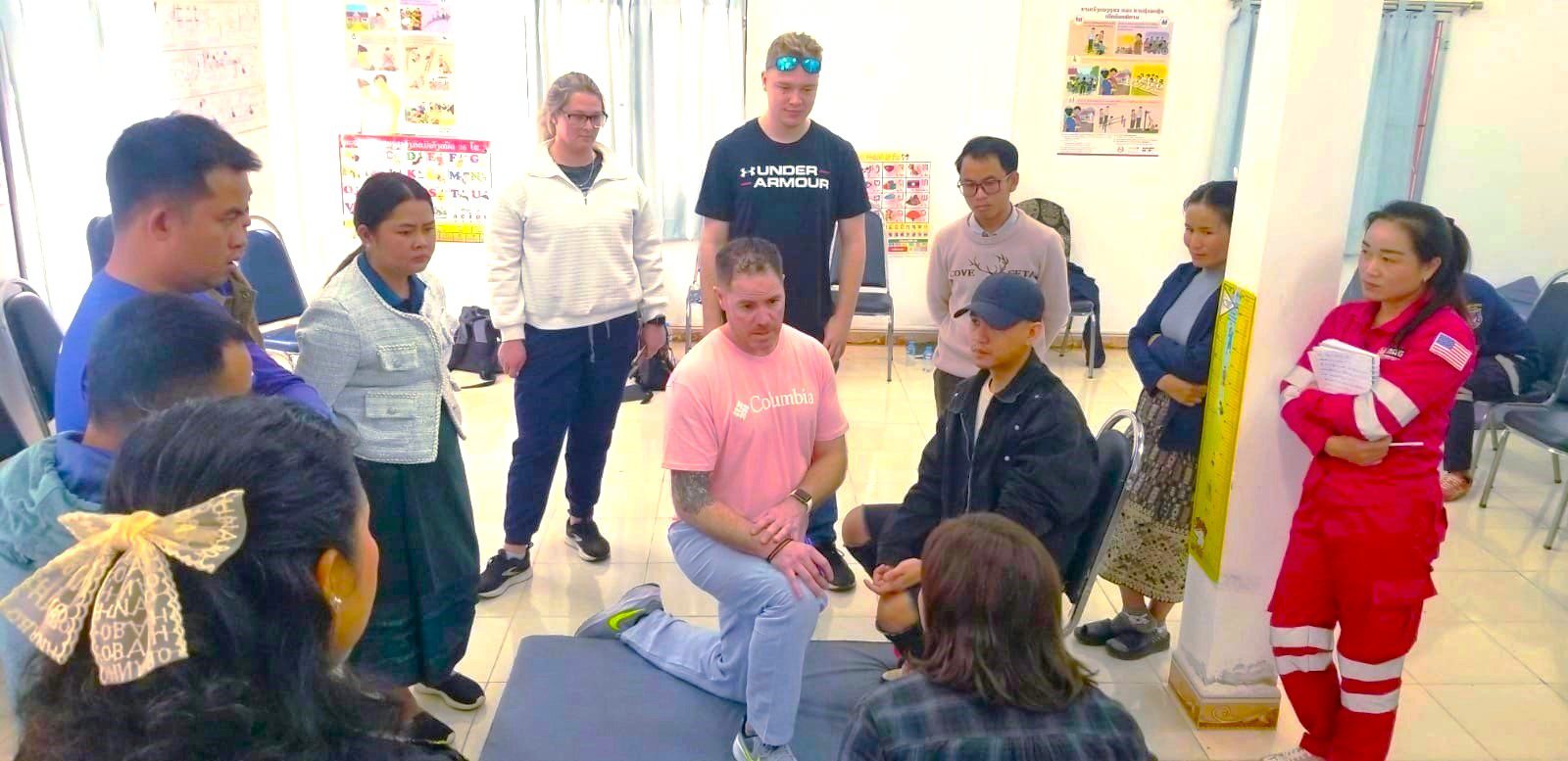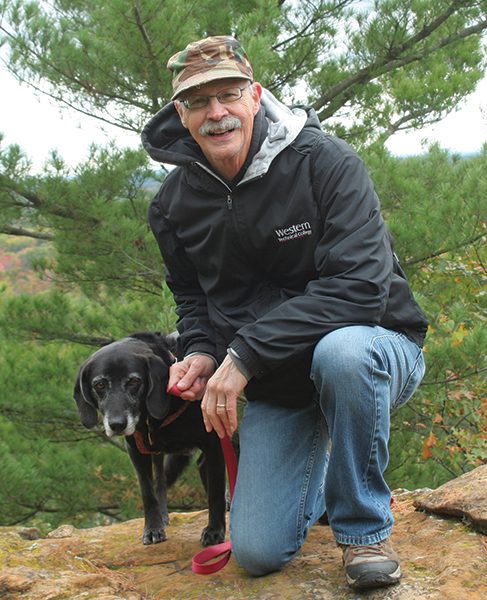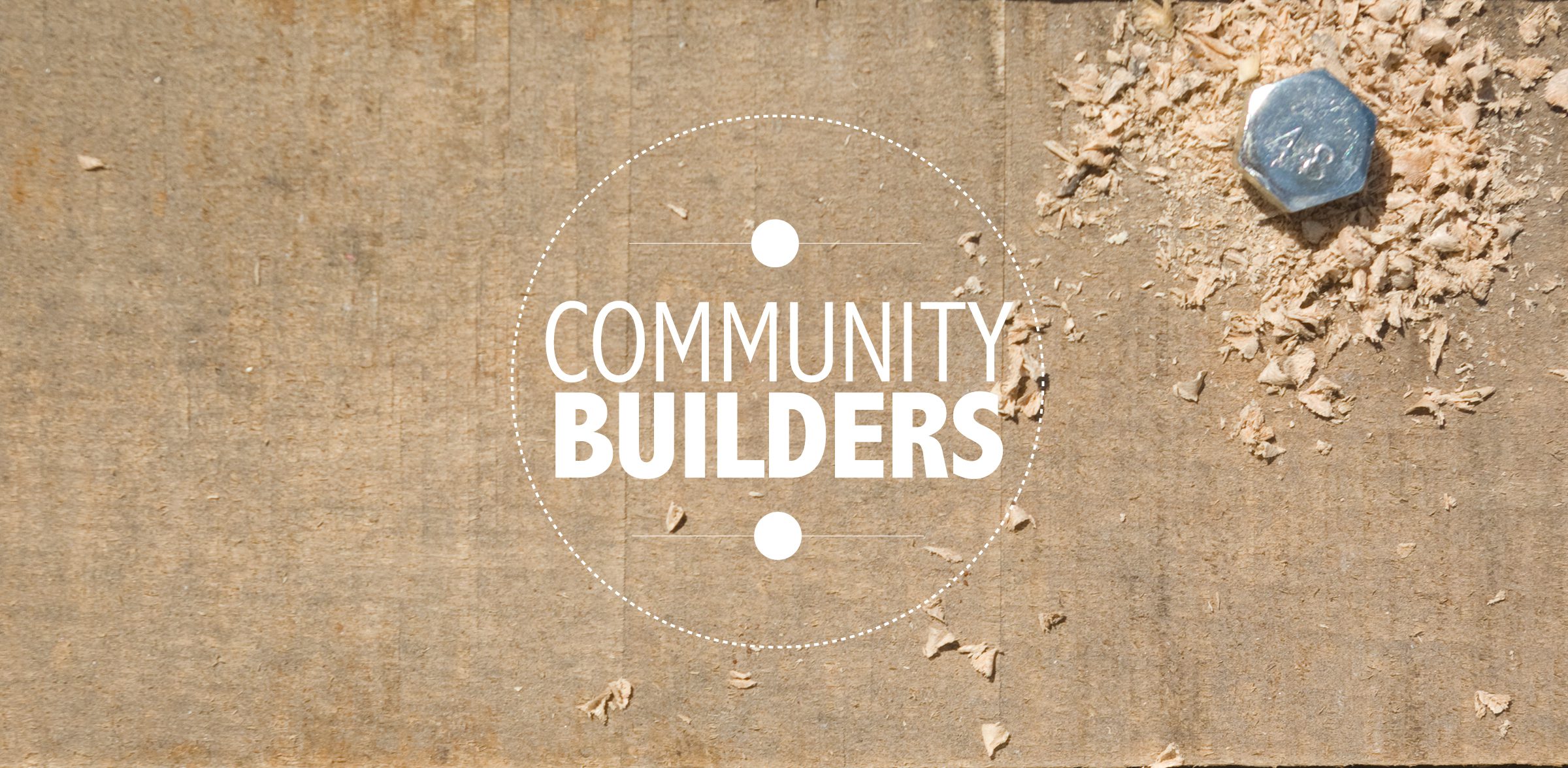
Communities aren’t measured by clocks or calendars. Some book clubs, garden circles, and service groups meet for years, decades even. You can find choirs whose elderly members now sing with their adult children. Or some project-based communities span only weeks or months. Think of a music concert. People gather, enjoy a performance for a few hours, then leave. Is that a community? Of course. Time doesn’t matter. Connection and impact do.
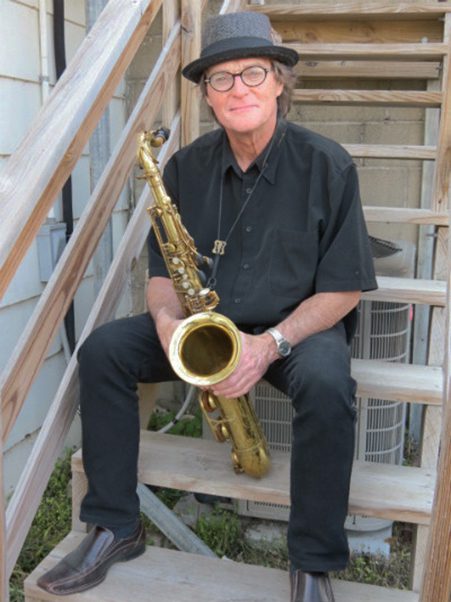
Nathan Davidson, a music teacher, performer, and band leader originally from Rushford, Minnesota, has been building those kinds of communities for more than 50 years. He counts them among the most meaningful – and lasting – memories of his life.
“Out of high school I was uncertain about what was next for me,” Nathan says. “A former teacher encouraged me to see the Woody Herman jazz band that was playing in La Crosse. I was underage but somehow got in. That one night changed the entire course of my life and started me on the road to performing and teaching music. I’ve never looked back.”
Nathan points to the magic that music has to move people. When that magic is shared between performer and audience, it also has a power to raise everybody to a higher level of, well, community.
“It starts with the performer,” he explains. “A combination of talent, physical presence, the way they smile and make eye-contact. You can feel when a performer connects with an audience. I’ve seen Billy Joel in concert a number of times. Since I play the sax, I find myself watching Mark Rivera, the saxophonist in that band. He plays and moves with an energy that brings everybody together. That happens!”
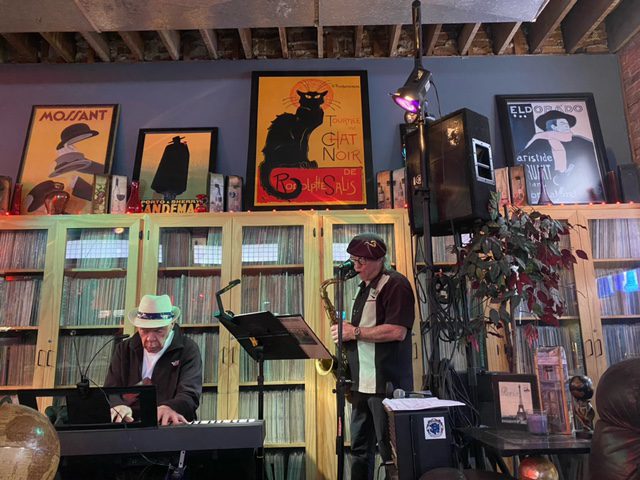
Nathan played on a recent rainy spring evening in Elgin, Minnesota, a half-hour northeast of Rochester, joined by his pianist-friend, Dan (The Piano Man) Rengstorf, a long-time and greatly respected fixture in the Rochester and Twin Cities jazz community. Their gig was at Jazz Shepherd Coffee, a cozy venue located in an historic, red-brick building whose seating capacity of 30 people fits a town of barely 1,000. Lined with inviting mahogany leather couches, vintage posters, and floor-to-ceiling cases containing 14,000 vinyl records collected by owner Dan Van Eijl (pronounced “aisle”), Jazz Shepherd is a spot primed for community to happen. And it did.
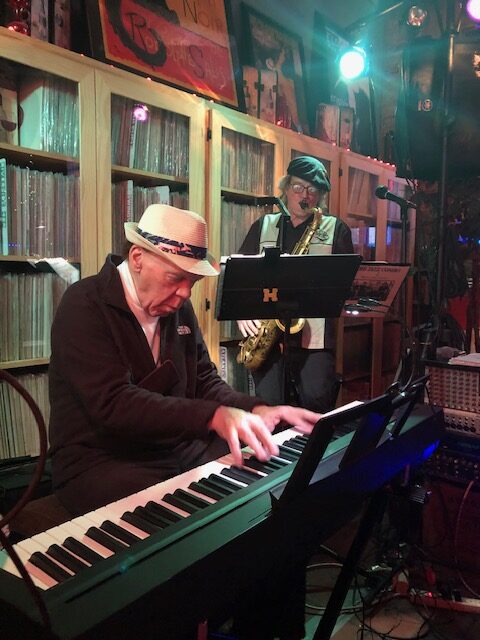
Jazz standards filled the room starting with “It Don’t Mean a Thing,” to “Stardust,” “As Time Goes By,” and “Fly Me to the Moon.” Requests were mostly fulfilled (“I’d play that, but I don’t know it,” The Piano Man quips with honesty), sing-a-longs were encouraged, and at one point folks even saw a man (Dan the owner) dancing with a dog (his Siberian husky, Kera). Nathan’s mother, Eleanor, who recently turned 100, was in the audience and joined in singing her favorite songs (“You Are My Sunshine” and “In the Mood”). It all made for an evening that warmed the night and attendee’s hearts, bringing people together in community.
“In jazz there are no wrong notes; some are just more right than others,” Nathan says with a smile. “We never play the same song twice.”
That’s a good description of community, too. People share once-in-a-lifetime experiences that are spontaneous and unpredictable, always evolving. No wrong “notes.” Never the same “song” twice. Jazz Shepherd owner Dan, a lifelong musician and DJ himself, agrees. “A jazz concert, any musical event really, can feel almost congregational, church-like,” he says. “Music expresses the human condition. It touches our heart and soul and brings people together.”
After a few more songs it’s time to end this concert, find hats and coats, and head home. For Nathan Davidson, it had been another gig in a string of dozens that will find him busy playing – and building one-night communities – for weeks and months to come. It’s a life he knows and loves, having spent decades playing in and helping lead a collection of music groups in Southeast Minnesota.

Nathan joined the Chatfield Brass Band in 1978 and still plays with them 46 years later. He’s also in Polka Dots, a band with an incredible 70-year history. His other groups include the CBB Jazz Combo, the Rutabaga Brothers, and Lost Faculties. (“We play classic rock and roll and even got to open for Peter Noone of Herman’s Hermits,” he says.)
A full-bore Beatle fanatic, Nathan also worked with “Ringer Star,” a top-rated Ringo Starr tribute band, and played with them for 6,000 people in Rochester.
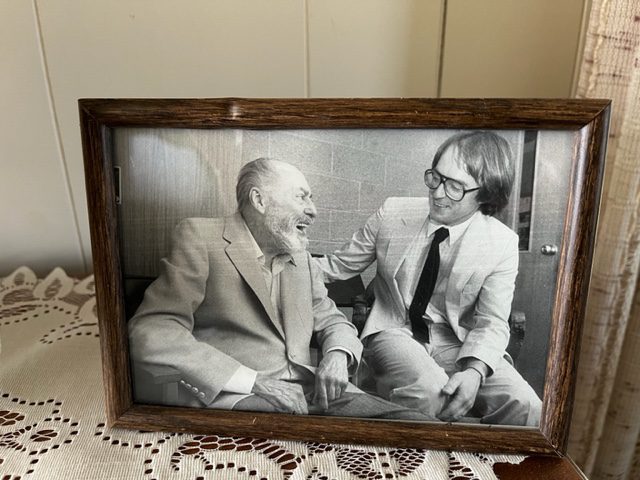
What is Nathan’s greatest music memory? “That’s easy,” he says. “My dream was to get Woody Herman to play again locally. This was the man whose one concert changed my life. He was a jazz giant, won multiple Grammys, was recognized internationally as one of the founding fathers of swing jazz/big band music, a contemporary of musical superstars like Glenn Miller, Tommy Dorsey, and Duke Ellington. In 1987 I took a financial gamble and brought Woody and his band to Grand Meadow, Minnesota, where he played to our packed high school auditorium. He wasn’t feeling well; sadly, this turned out to be his last public performance. But what a night! Later his daughter sent me the blue formal dinner jacket Woody wore at that concert. I treasure it.”
Lately, Nathan and Dan “The Piano Man” have expanded their musical menu. “We’re playing senior care homes and memory centers,” he says. “To see people who are struggling physically and mentally light up with a smile and tap their toes when they hear a song they remember is a total gift. It’s another chance we have to use music to bring people together. They love it. So do we.”

Steve Harris
sharris1962@msn.com.
For information about Nathan Davidson’s musical calendar and potential bookings, visit lostfaculties.com.




